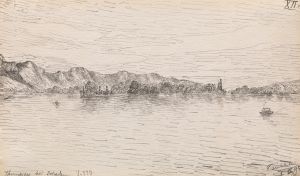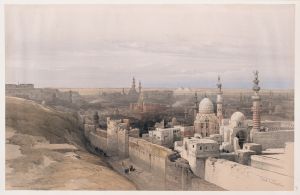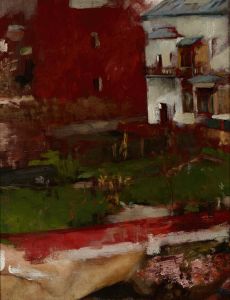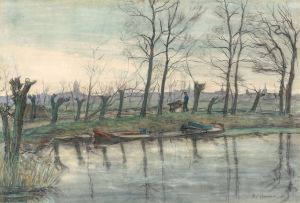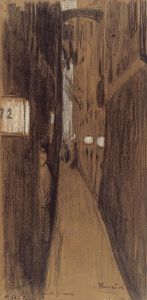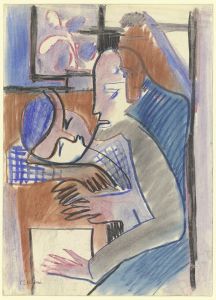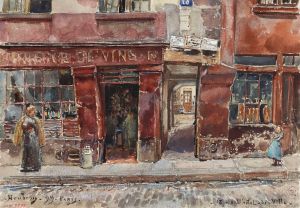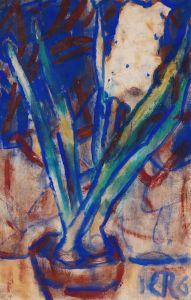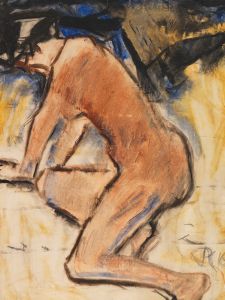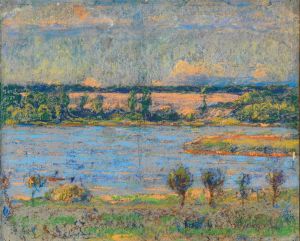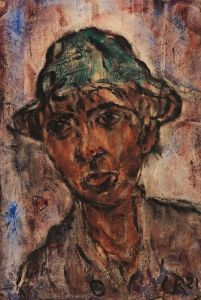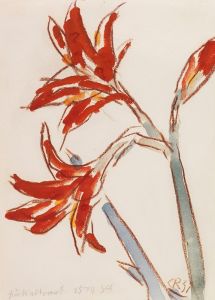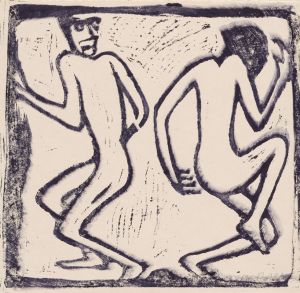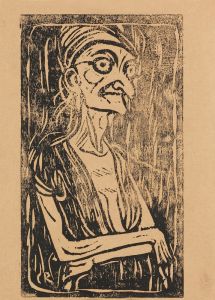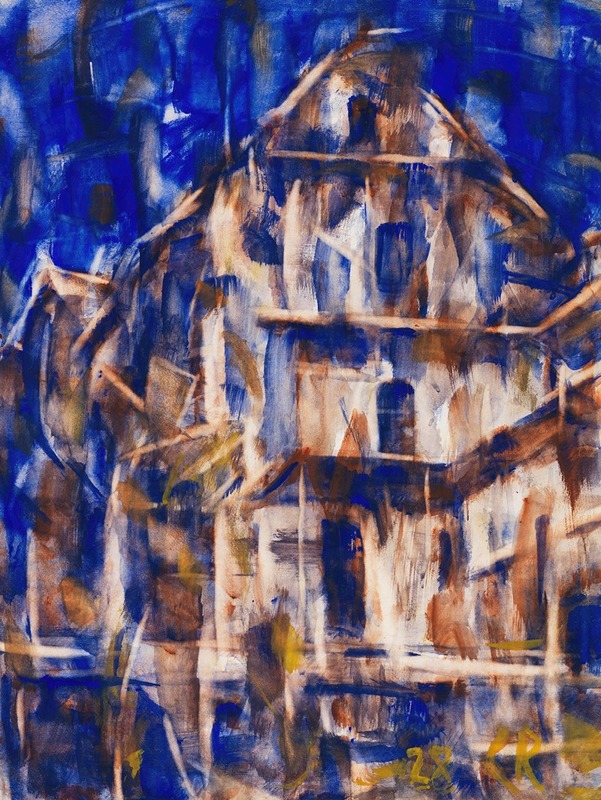
Tessiner Häuser I
A hand-painted replica of Christian Rohlfs’s masterpiece Tessiner Häuser I, meticulously crafted by professional artists to capture the true essence of the original. Each piece is created with museum-quality canvas and rare mineral pigments, carefully painted by experienced artists with delicate brushstrokes and rich, layered colors to perfectly recreate the texture of the original artwork. Unlike machine-printed reproductions, this hand-painted version brings the painting to life, infused with the artist’s emotions and skill in every stroke. Whether for personal collection or home decoration, it instantly elevates the artistic atmosphere of any space.
Christian Rohlfs was a prominent German painter associated with the Expressionist movement, known for his vibrant use of color and dynamic compositions. One of his notable works is "Tessiner Häuser I," which translates to "Ticino Houses I." This painting is part of Rohlfs' exploration of architectural themes, particularly focusing on the picturesque and rustic charm of the Ticino region in Switzerland.
"Tessiner Häuser I" reflects Rohlfs' interest in capturing the essence of rural architecture through an expressionist lens. The painting is characterized by bold brushstrokes and a vivid color palette, which are hallmarks of Rohlfs' style. His approach often involved distorting forms and using color to convey emotion rather than adhering strictly to realistic representation. This technique allows the viewer to experience the mood and atmosphere of the scene rather than just its physical appearance.
The Ticino region, known for its unique blend of Italian and Swiss cultural influences, offers a rich tapestry of architectural styles. Rohlfs was drawn to this area, likely due to its picturesque landscapes and the harmonious integration of buildings with their natural surroundings. In "Tessiner Häuser I," Rohlfs captures this integration, emphasizing the relationship between the man-made structures and the natural environment.
Rohlfs' work during this period was influenced by his exposure to various art movements and his personal experiences. Initially trained in the academic tradition, Rohlfs' style evolved significantly over his career. After moving to Hagen in 1901, he became associated with the avant-garde art scene, which encouraged experimentation and innovation. This environment allowed him to explore expressionism more deeply, leading to works like "Tessiner Häuser I."
The painting is a testament to Rohlfs' ability to convey emotion and atmosphere through his art. His use of color is particularly noteworthy; he employs a range of hues to create contrast and depth, drawing the viewer's eye across the canvas. The composition of "Tessiner Häuser I" is dynamic, with a sense of movement that suggests the passage of time and the changing light of day.
Christian Rohlfs' contribution to the Expressionist movement is significant, and "Tessiner Häuser I" exemplifies his mastery of the style. His work continues to be celebrated for its emotional intensity and innovative use of color and form. Today, Rohlfs' paintings are held in high regard and can be found in various museums and collections, serving as an inspiration for future generations of artists.
While specific details about the creation of "Tessiner Häuser I," such as the exact date of its completion or its current location, may not be widely documented, the painting remains an important part of Rohlfs' oeuvre. It reflects his ongoing fascination with the interplay between architecture and nature, as well as his commitment to expressing the emotional resonance of his subjects through art.





